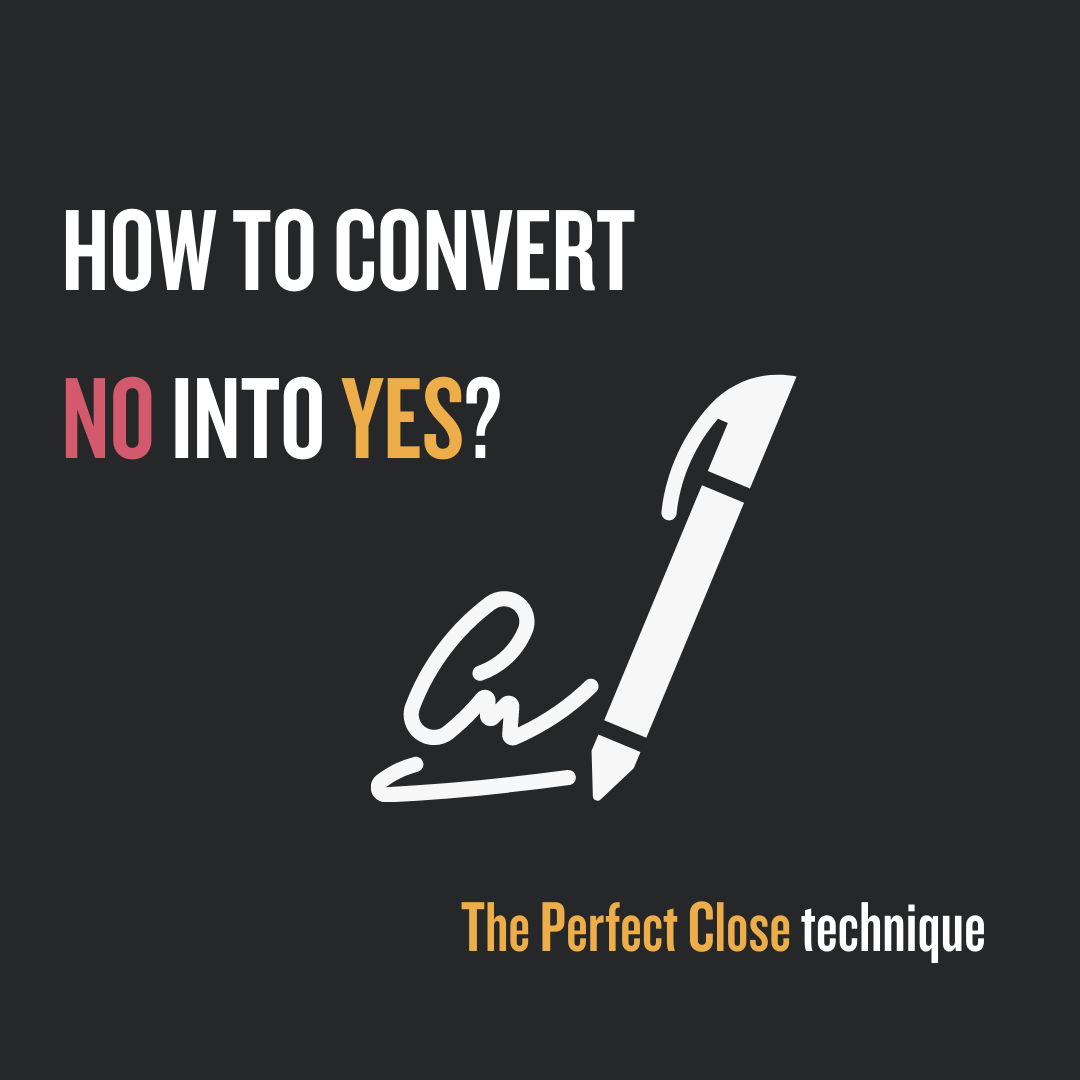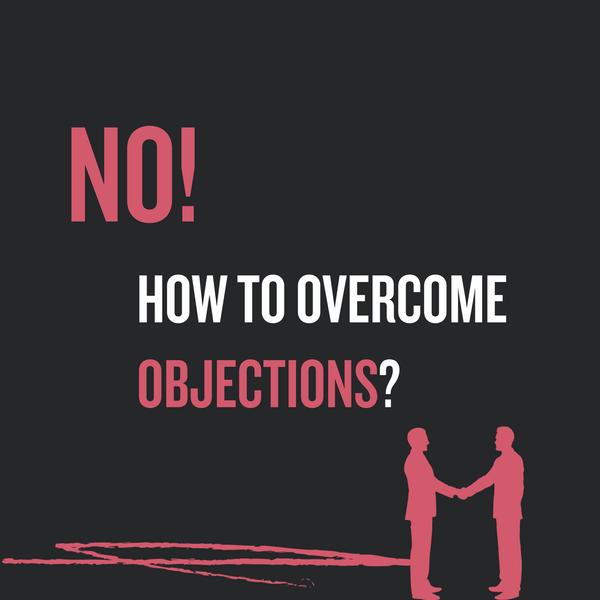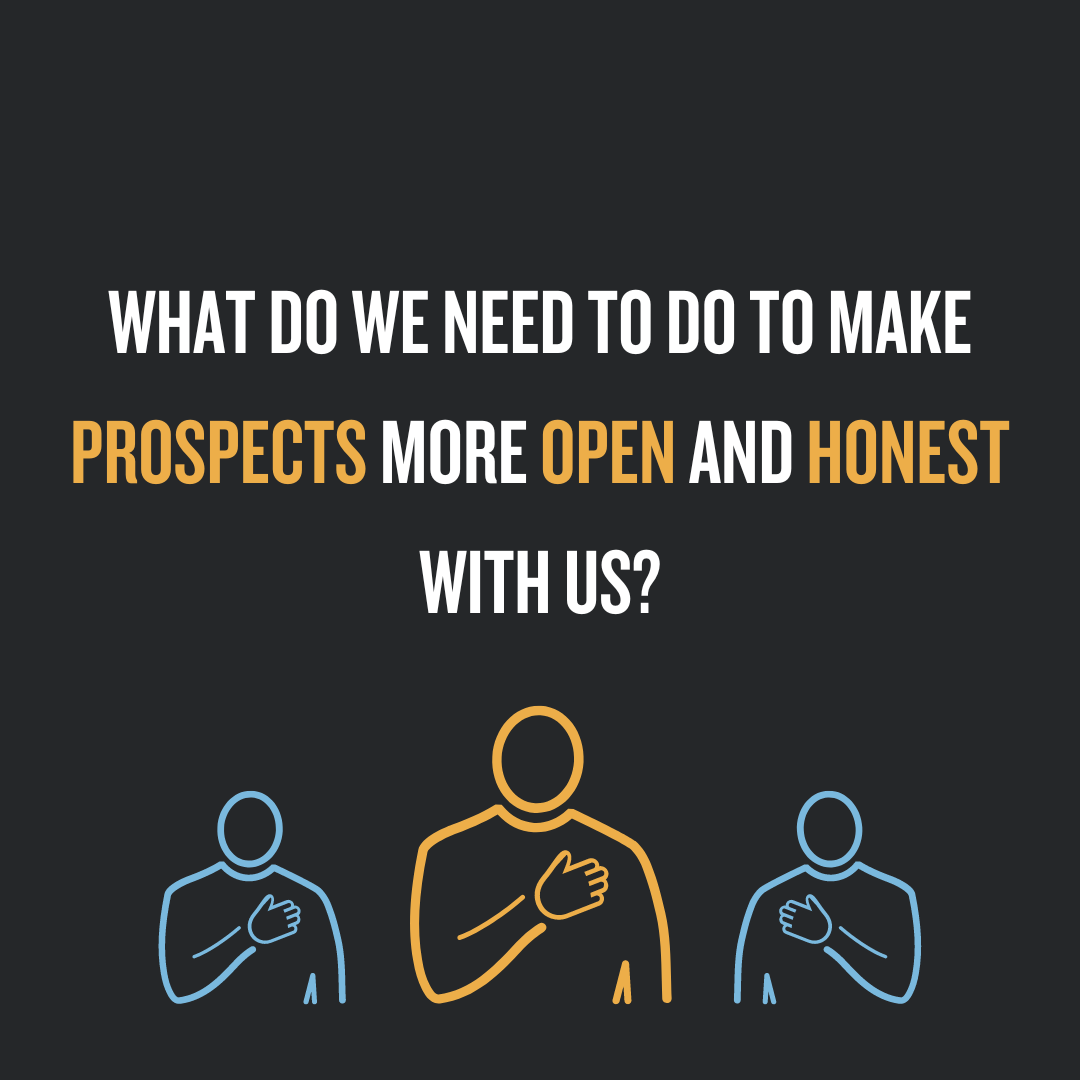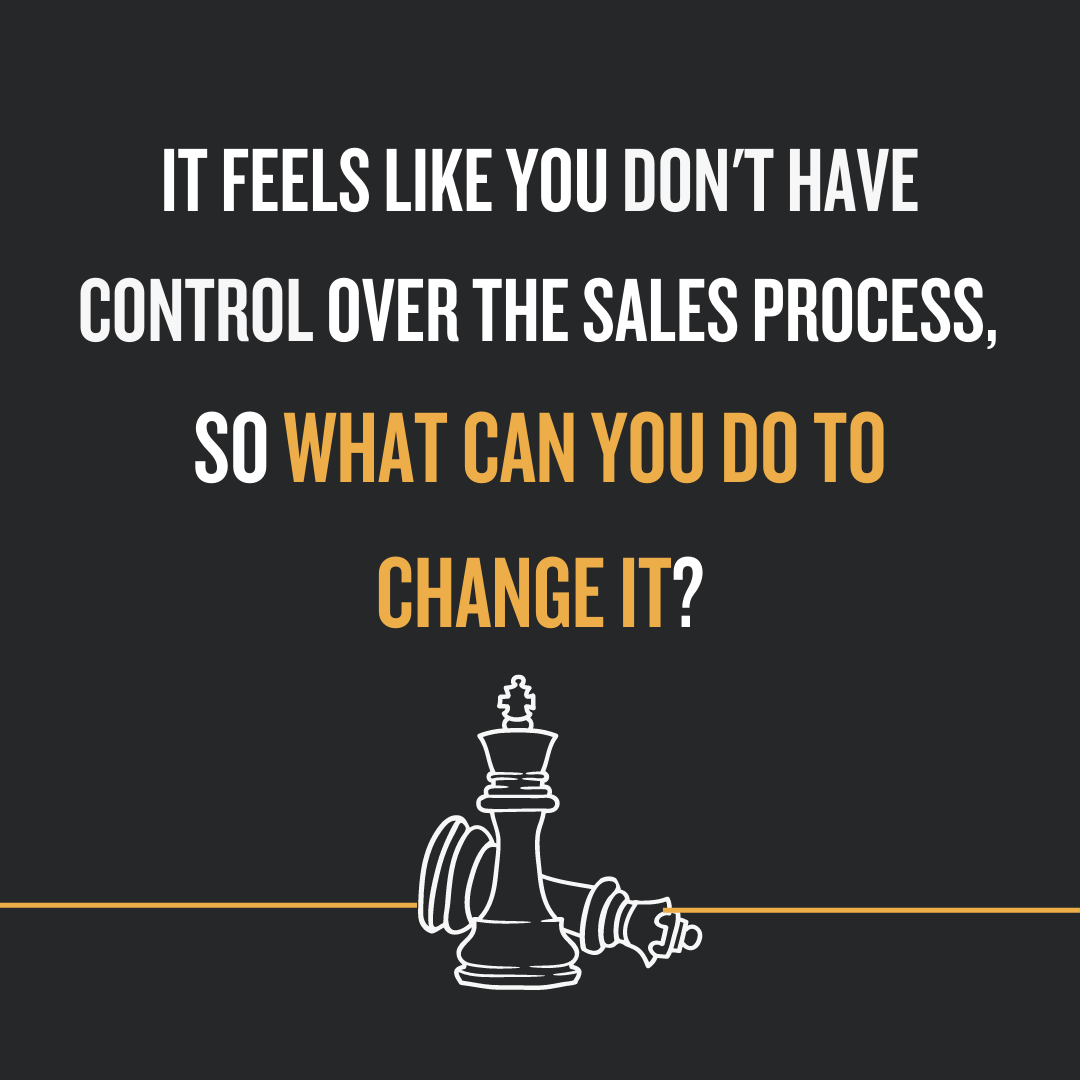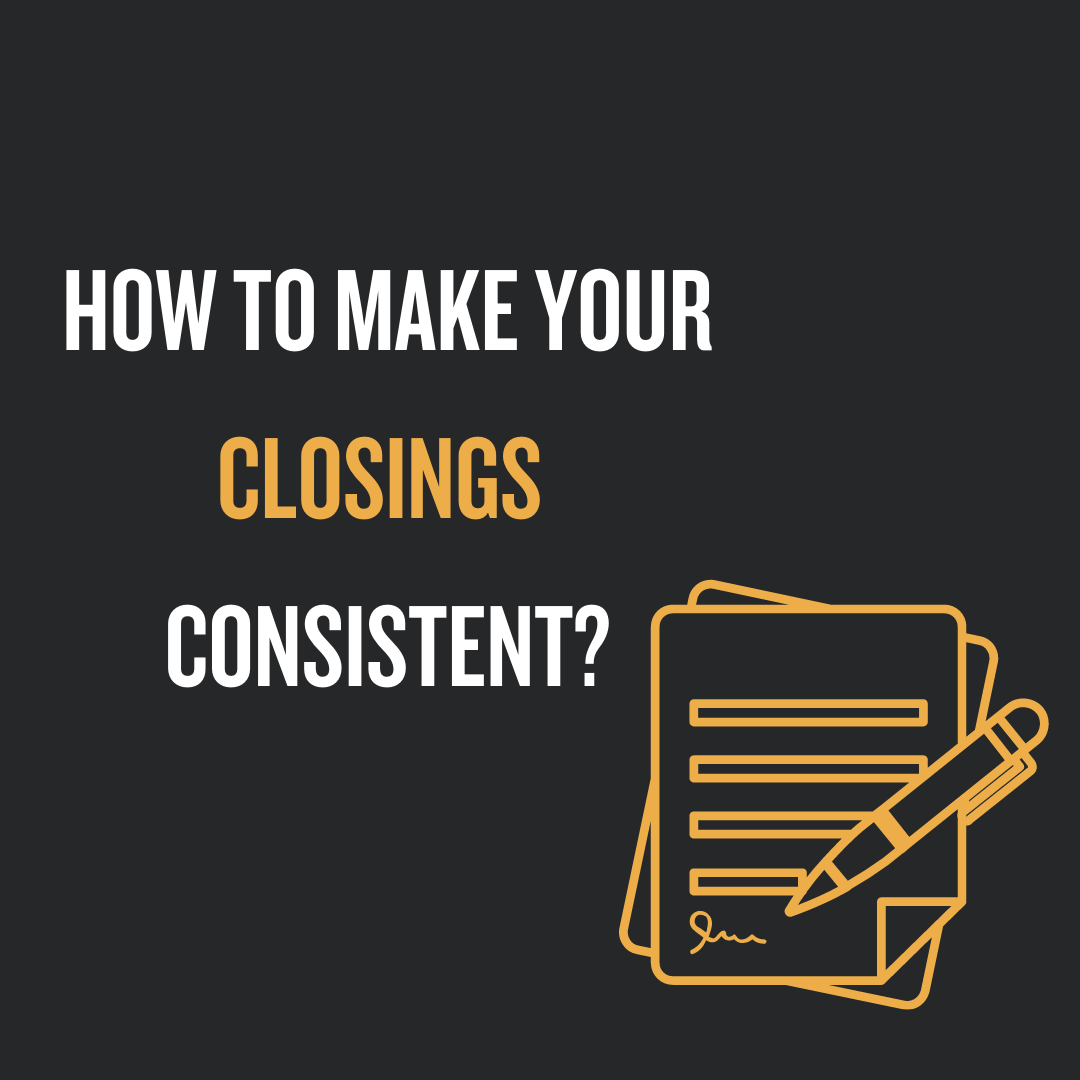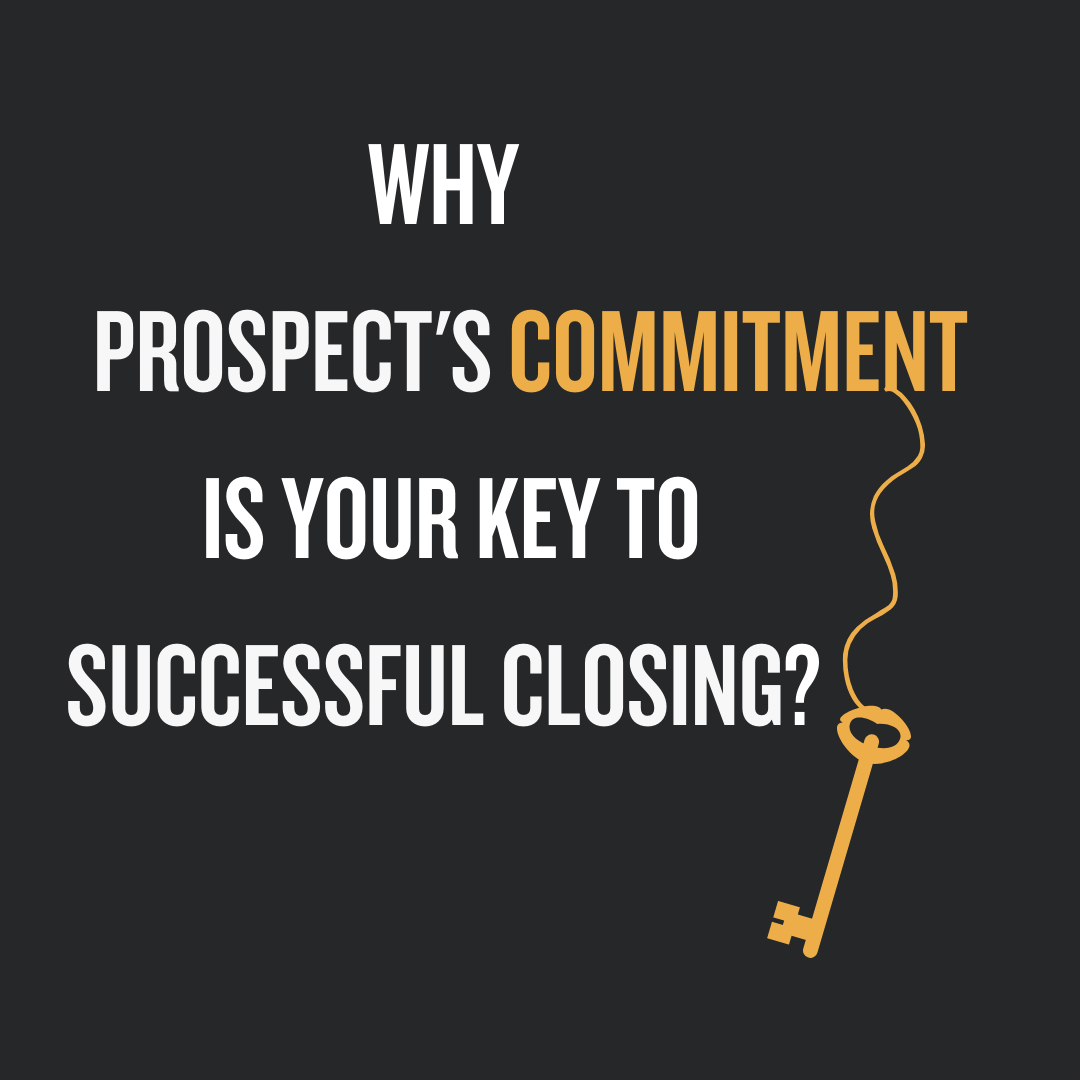The Perfect Close is a technique that even new and inexperienced professionals can use successfully and they can become productive with the technique immediately.
There are two questions you need to learn in order to use The Perfect Close. The initial question, and the follow-up question. It can be helpful to know some logical advances for your prospective client, but it's not required.
Worksheets are available to download later below.
Initial Question: “Does it make sense for us to X?”
This question is really simple, but it's essential to understand the nuance of the question and why it works. So, one of the key things to understand here is the question, "Does it make sense...," doesn't mean or suggest "Will you buy?"
“Does it make sense...” is not one of the most common closing questions. And it's unlike the kind of questions you might have read with respect to closing techniques like:
- Will you buy?
- Do you want it in green or blue? (loaded)
- Where do you want it shipped? (assumed)
This question is not an ultimatum in any form. You are not asking your prospects to do anything. You're just wondering if a certain item (your advance) is appropriate. At its most basic level, the question is really a timing one. You're inquiring if now is the right time to execute anything.
When you ask if it makes sense to do something, what we're really seeking is a response from the client about whether they want us to go in that direction at this time. And when someone says "no" but doesn't reject our idea outright - rather they are just rejecting the timing of it.
Asking this question also eliminates the risk that buyers might see you as pushy. It is impossible to get the timing of this question wrong precisely because it IS a timing question. This keeps clients communicating freely throughout the entire buying process and paces the sale at the rate the customer is ready to go. This improves the client’s experience, makes them feel like they are much more in control, and makes your process feel facilitative.
Your client's response to this question (what you think is a reasonable advance) can tell you a lot about where they are in their buying cycle. If they decline to take your suggested step, it might mean that you missed something. This is because we didn't actually ask them to take this step like we would with other types of closes. We still have options though. We can probe further to figure out what we missed, or we might fall back to a backup advance depending on the circumstances.
Whatever your conclusion, it quickly gets you to the second component of The Perfect Close, but I'll touch upon it later in this article.
How to get the Perfect Close right, though?
Remember, there are two steps in the Perfect Close. The first question is usually enough, but if you need to use the second question make sure you are patient. Your client will let you ask your second question, they won't stop talking to you suddenly.
There are only two possible outcomes of The Perfect Close question “Does it make sense to X?" Yes or no.
If someone says "no" to your question about whether it makes sense to do something, they are telling you that at this moment, the timing is not right for them.
Now what? Well, if your suggestion was a reasonable and logical one, then you must be wondering what to do next. You need to take into account what makes sense right now. And now we're moving to the second question of The Perfect Close.

Follow-Up Question: “What is a good next step?”
After you hear "no" to your first question, you should always ask your second (follow-up) question. And here, in most cases, your prospect will suggest a very logical next step for advancing the sale. This is a good thing because it means the buyer is telling us what feels like a logical and natural next step for them and they will always be comfortable with their own suggestion.
We don't need to be psychic or know everything about where the customer is in the buying process. In fact, we could be new to selling and not have a clue about what should happen next, and it will still work because the customer will tell us what to do.
So, one of the best traits of The Perfect Close is that this technique allows inexperienced professionals to be productive immediately.
Let's look at Muir's example:
PROFESSIONAL: “Well Jeff, now that you’ve seen a full demonstration it’s pretty common to want to see it humming in a live environment at a client site. Does it make sense for us to talk about scheduling a site visit for you?
POTENTIAL CLIENT: "No, I don’t think we need that yet.”
PROFESSIONAL: "Gotcha. Well, what do you think would make a good next step then?”
POTENTIAL CLIENT: "Well, there are some other people here that I think would benefit from seeing this. Would it be ok if we scheduled another demonstration for them?”
Also, there is one part of question two that is called a Softening Statement. This statement acknowledges that you heard the prospect, that you understand them, and it sets up question two - "What is a good next step then?". Here are some examples for you to check out:
- Got it.
- Gotcha.
- Ok.
- I see.
Variations to Improve Your Success
Sometimes even the best technique needs some iterations to become truly perfect. So in this section, we will talk about some variations of The Perfect Close that will help you close your deal the best way possible!
- The Suggestion
Other clients at this stage typically take X + “Does it make sense for us to X?”
The Suggestion is another version of a perfect close. It's a simple change to the first question. This is particularly beneficial when dealing with someone who doesn't have much purchasing experience for your time of products in her organization. You must have a firm grasp on the most prevalent or natural sequence in which your prospects choose your type of product or service.
In this variation, you are simply going to add one additional statement before asking the first question. That statement is some variation of:
“Other clients at this stage typically take X as the next step in their evaluation.”
Here, X is the advance that you are about to check the timing of.
For example: “Other clients at this stage typically schedule a meeting between us and your team so we can get their input and participation on what would help them the most. Does it make sense for us to schedule a meeting with your team, so we can get their input on what would be most beneficial for them?”
- The Fall Back
If your ideal advance doesn't work out, you can try a different one. You suggest the backup advance after your ideal advance fails, before asking what the next step should be.

It looks like this:
Question One: “Does it make sense to do X?”
Question Two (if question one fails): “Clients at this stage typically do Y. Does it make sense to do Y?”
Question Three (if question two fails): "What’s a good next step then?”
Let’s look at Muir's example:
PROFESSIONAL: “Hey Kelly, does it make sense for us to schedule some time for our technical teams to get together so we can get a clearer picture of the requirements?”
PROSPECT: "Mmm... I don’t think so.”
PROFESSIONAL: "Gotcha. Most clients at this stage will have us do a site assessment so we can see what we can leverage from your existing infrastructure. Does it make sense for us to schedule a time to come do a site assessment for you?”
PROSPECT: “I don’t know about that...”
PROFESSIONAL: “I see. What would you say is a good next step then?”
PROSPECT: “What I’d like to do is have you meet our CIO first. Would that be ok?”
In theory, you can use as many secondary/backup advances as you have planned. But in practical application, using more than one or two can come across as pushy.
- The Add-On
The Add-On variation is the opposite of the Fall-Back variation. You will add on your alternate advances instead of falling back on them. In this variation, once you achieve success with your ideal advance, you will suggest one of your additional alternate advances.
Remember, you are doing this to match the client's buying cycle. If the client is ready to move forward at a faster pace than you were originally thinking, you can do that by incrementally adding advances.
Instead of falling back to “What is a good next step then?" ask “Are there any other logical steps we should be taking right now?”
This will allow your prospect to come up with any action steps that they think make sense, that you may not have thought of. Here is what the model looks like:
Question One: “Does it make sense to do X?”
Question Two (after question one succeeds): “Clients at this stage very often also do Y. Does it make sense to do Y?”
Question Three (after question two also succeeds): “We can also do Z if it makes sense. Does it make sense to do Z?”
Question Four (if question three fails): "Ok. Are there any other logical steps we should be taking right now?”
Once again, we'll use Muir's example:
PROFESSIONAL: “Hey Regan, does it make sense for us to talk about scheduling a demo for the rest of your team so we can get their input and participation?”
PROSPECTIVE CLIENT: "Yes. We need everyone on board.”
PROFESSIONAL: "Great. Let’s look at some possible dates. A lot of clients at this stage will also have us schedule time for both our technical teams to discuss the dynamics around the conversion. Does it make sense for us to schedule our tech people to meet?”
PROSPECTIVE CLIENT: "Absolutely. My guys are worried about that. That’s a great idea.”
PROFESSIONAL: "Ok. I’ll get some dates. My team is open, and we can coordinate. I think we have everything we need for a proposal. Does it make sense for me to put together a preliminary proposal so you can get a feel for the scope of the project?”
PROSPECTIVE CLIENT: "Yes. That would be really helpful.”
PROFESSIONAL: "Ok. I have some homework here. Are there any other logical steps we should be taking right now?”
PROSPECTIVE CLIENT: "Well, is there any chance I can see a copy of your standard agreement? Our legal team can be kind of slow sometimes.”
PROFESSIONAL: "Absolutely. I know what you’re talking about. I’ll get you a copy of that too so your legal team can start reviewing it.”
This is by far the most pleasurable and exciting method because we just keep adding new steps until we match the rate at which our prospects would want to progress. This is yet another approach for shortening the sales cycle. Instead of assuming that each client will move at the same speed and prepare only one advance (or worse, no advance), we may pace it at exactly their level of comfort.
- The Reverse Order
The Reverse Order is the most open variation of The Perfect Close. It has both advantages and disadvantages. In this variation, you first ask question two of The Perfect Close and then question one.
Question One: “What would you say is a good next step?”
Question Two (if the client is stumped): “Does it make sense for us to X?’”
There are advantages and disadvantages to each approach. On the plus side, since it is big and open, it opens up more possibilities than you would think with your own ideas. This, alone, may be beneficial or harmful. A client-suggested improvement does not necessarily imply that it will be the finest option for them or for you. But on the good side: the client will feel as if they have greater control over this variation than any of the others because the suggestion is theirs.
If you have a strong-willed person who knows what they want, or if the situation requires it, you can let them take the lead.
Reverse Order is the least assertive way to get a client to do what you want. Most clients appreciate it when you help them achieve their goals. But some people don't like it when you are too assertive. These people don't usually make decisions, but this approach may work better for them. The biggest downside is that the client may not be able to think of a good next step or any kind of next step.
The Reverse Order is best used when you are not sure what the next step should be. When it is important that the client feels in control of the process, and when they have a clear vision of what they want to be done.

Something Special
There is one application of The Perfect Close that is used far more frequently than others. James Muir coined it as Something Special.
"Can we do something special for you if we can get everything wrapped up by the end of the quarter?"
This is just a variation of the Perfect Close question that reveals your client's timing without telegraphing a concession. It can be helpful in end-of-quarter and upselling situations.
Here you can see how Something special can look like, accordingly to James M. Muir:
PROFESSIONAL: “Hey Gary, does it make sense for me to see if we can do something special for you if we can get everything wrapped up by the end of the quarter?”
PROSPECTIVE CLIENT: "Hmmm, what are you thinking?”
PROFESSIONAL: "Well, I don’t know what my options are without talking to our CEO, but if we can actually do something this quarter he said he would be willing to work with clients.”
PROSPECTIVE CLIENT: “If the offer’s good enough we’re ready to do something. Why don’t you find out what he’s thinking?”
PROFESSIONAL: “You got it. Just to speed the process up a bit; is there any part of the proposal that you would get more value out of than another? I’ll see if that’s an area we can play in for us.”
PROSPECTIVE CLIENT: “There is. Michelle is concerned that some of our folks will need more training than usual, so anything you could do in that area will make me a hero to her. From my perspective, it would be great if there was something you could do with the maintenance. Lowering it or starting it later would be great. So that’s it, maintenance and training. See if there is something he can do there. Thanks.”
You can use this technique in different ways, depending on your situation. However, it is important to use it the way it is written. In the "Something Special" application of The Perfect Close, we don't want to offer any concessions before we have determined what the client considers special. This will require further conversation.
Your attitude should be:
"Well, I don’t know what my options are without talking to some folks, but if the timing is right I’ll go see what I can do for us.”
This is a good approach because if the timing isn't right for the client, you will never have to discuss what that "something special" might have been, and your profits are preserved for the next period.
There are two things you can do if the buyer says they can wrap things up within your timeframe:
- Ask what they would find most valuable. This doesn't promise anything, but it will help you understand what they want.
- Tell them you will go see what is possible and that you will report back. Then talk to your organization or supervisor to see what is possible.
Before using this approach it's also important to know that Something Special accomplishes three important things:
- It doesn’t telegraph any kind of concession or the size of that concession.
- It reveals if the client is able to do something within your suggested time frame.
- It positions you as an advocate for the client. You are doing all this on their behalf. If you’ve ever found yourself on the end-of-quarter discount rollercoaster, you will appreciate how Something Special preserves both revenues and your commissions.

If you've ever been on the end-of-quarter discount rollercoaster, you'll understand how Something Special protects both income and commissions. So, feel free the Perfect Close technique and make your closing easier, more predictable, and, most importantly, predictable.


